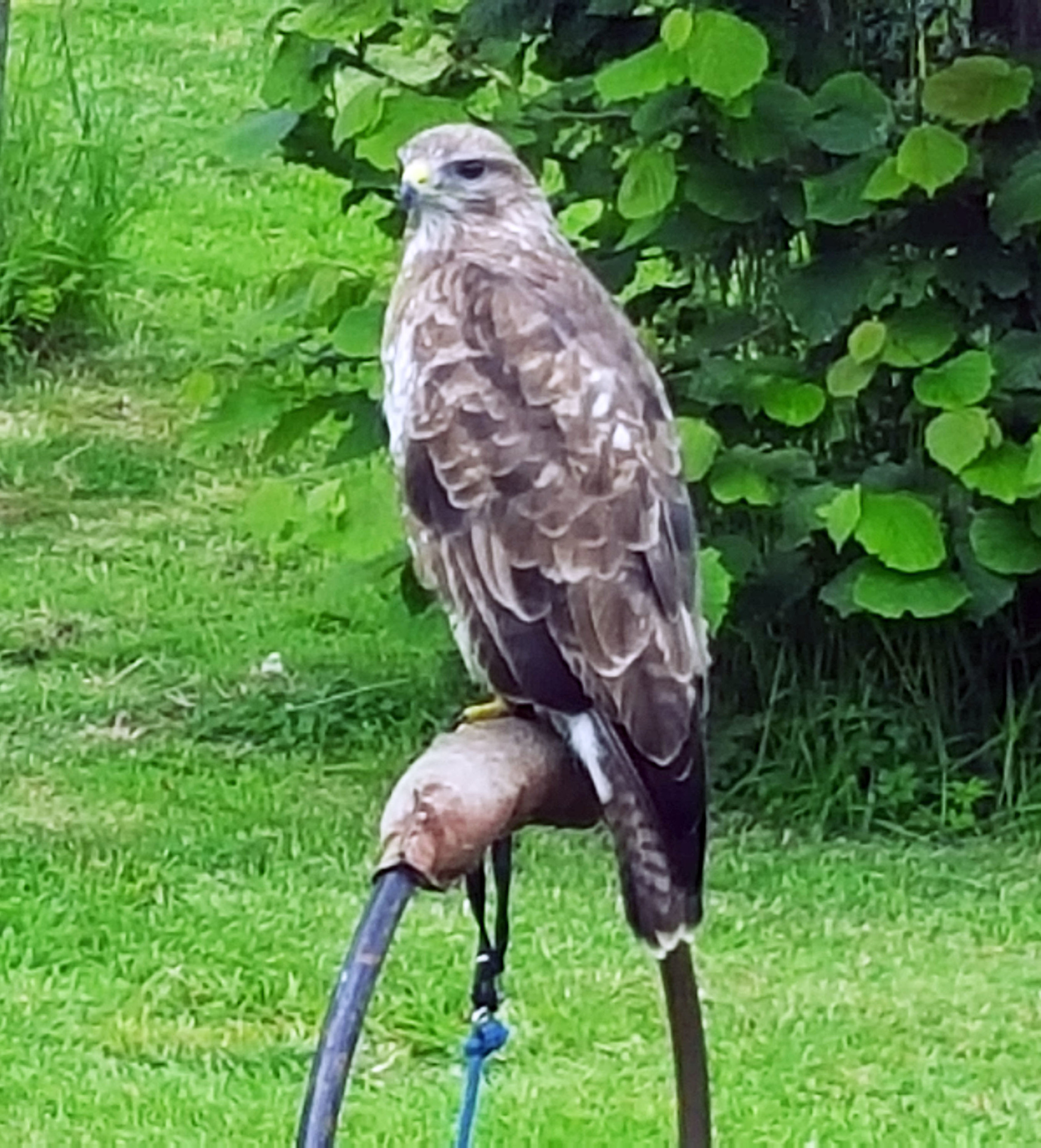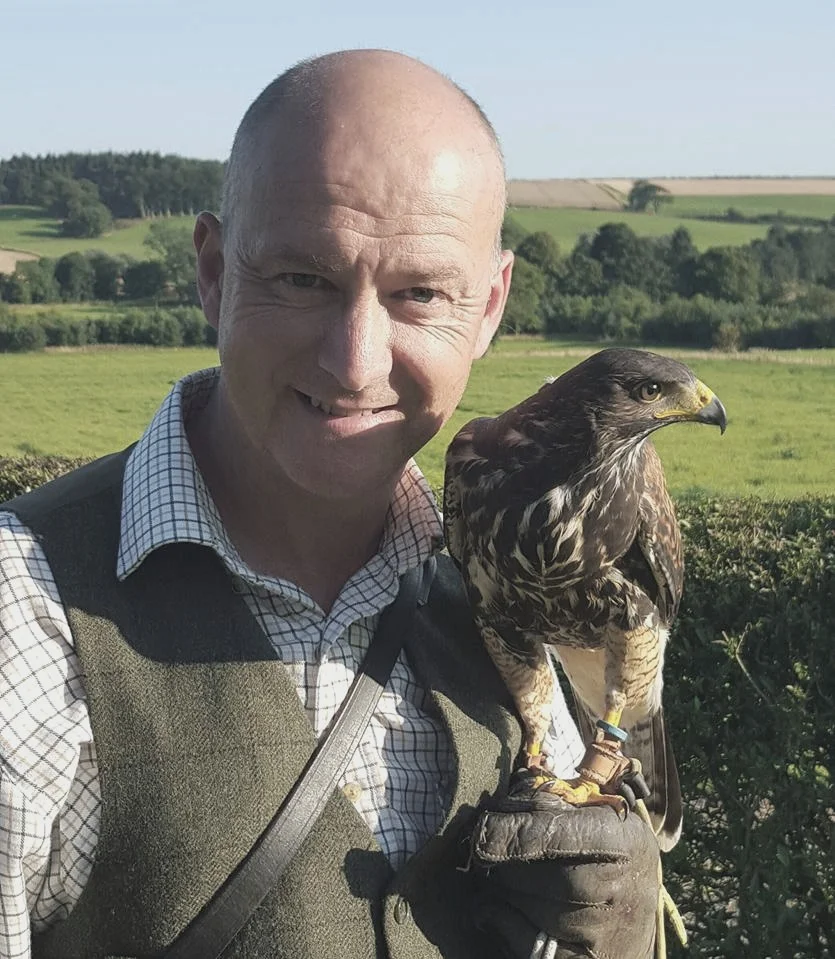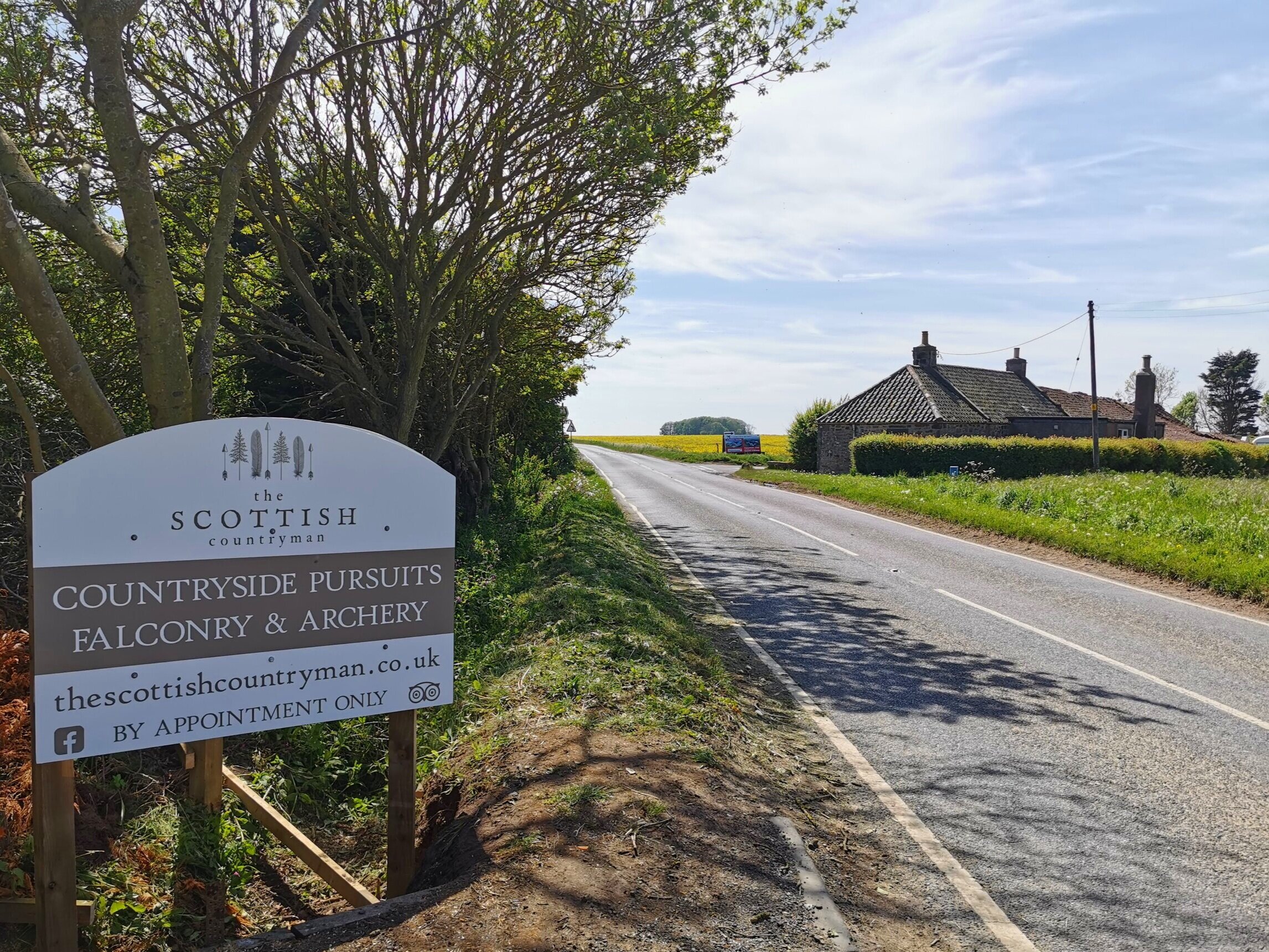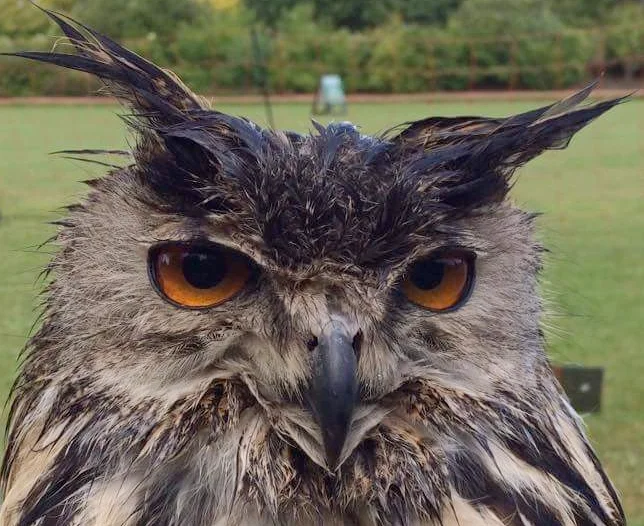The buzzard
/Scotland's Birds of Prey: the buzzard
How many birds of prey can you name that you can see in the wild in Scotland? Six? Maybe twelve? Perhaps more?
Although Scotland is perhaps most famous - especially amongst falconers - for its peregrine falcon, it may surprise you to know that Scotland is home to more than 20 varieties of bird of prey. Not all are resident, some are just temporary visitors perhaps arriving only to breed or to over-winter here.
So, what birds can you hope to see in Scotland?
Scotland's diverse wild landscapes and its wide range of prey species make it possible for many types of raptor to thrive here - more than 23 breed in Scotland and a few more spend time here. In fact, you can see birds of prey in pretty much every part of Scotland: from the Western Isles and Orkney Islands to the lowland Borders, from the Mull of Kintyre to the cliffs north of Aberdeen, from the urbanised central belt between Glasgow and Edinburgh to the remote uplands of Sutherland.
Let's take a look at what has become one of our most common birds: the common buzzard.
The Common Buzzard
The buzzard has the Latin name Buteo Buteo (or 'Buzzard Buzzard' 😜). It's a beautiful bird, with feather colours ranging from pale cream to dark brown, and it has a distinctive, peeling cry, not unlike a cat's meow.
In Scotland, a soaring buzzard is so often mistaken for an eagle it's become known as 'the tourists' eagle'. In reality, though, their sizes are hugely different; an eagle is at least 2 or 3 times larger!
Buzzard numbers
Buzzards are now the UK's most numerous bird of prey. It is estimated that there are more around 70,000 breeding pairs. Back in the 1950s-70s, however, Buzzard numbers were disastrously low, partly because of pesticides and persecution but also because myxomatosis decimated the rabbit population, which is a key prey species for the buzzard.
As a result of their decline, buzzards were protected by law and the measure has been so successful that their numbers are now very healthy again; no matter where you are in Scotland, in town or country, you are likely to have seen a buzzard at some point.
In fact, in some areas, buzzards are so numerous that they are now be putting pressure on their prey species, especially where there is not enough diversity in the prey available. This is the inevitable consequence of protecting a successfully-breeding apex predator and it reinforces the importance of bio-diversity. Too many buzzards in an area can lead to not enough rabbits, for example.


Hunting technique
Typically, buzzards hunt small birds on the wing, which often results in them being mobbed by other birds. Here’s an example - a rook mobbing a buzzard.
Or buzzards will pounce on small mammals from a perch, such as a gate-post or telegraph pole. Since they will also take carrion or eat earthworms, you can also see buzzards hunting on the ground.
When and where and how to see buzzards in Scotland:
From February onwards, you can see buzzards displaying to assert territorial rights and attract females ahead of spring mating.
Woods, moors, pasture and waste-ground as well as in urbanised areas throughout Scotland.
Soaring and spiralling in fine weather or perched on fence posts and pylons on misty, damp days.
Have you seen (or heard) buzzards in Scotland? Do you have a favourite bird of prey? Or a story to tell about a bird of prey? Please leave a comment below - we'd love to hear from you about this.
Sources
https://www.rspb.org.uk/birds-and-wildlife/wildlife-guides/bird-a-z/buzzard
Martin, Brian P.: Birds of prey of the British Isles (1992) David & Charles
Thompson, D., Riley, H., and Etheridge, B., Scotland's Birds of Prey (2010) Lomond Books
Images
Buzzard images in this post were taken by Deborah Brazendale and Victoria Warren.
Links
TSC Recommends


















